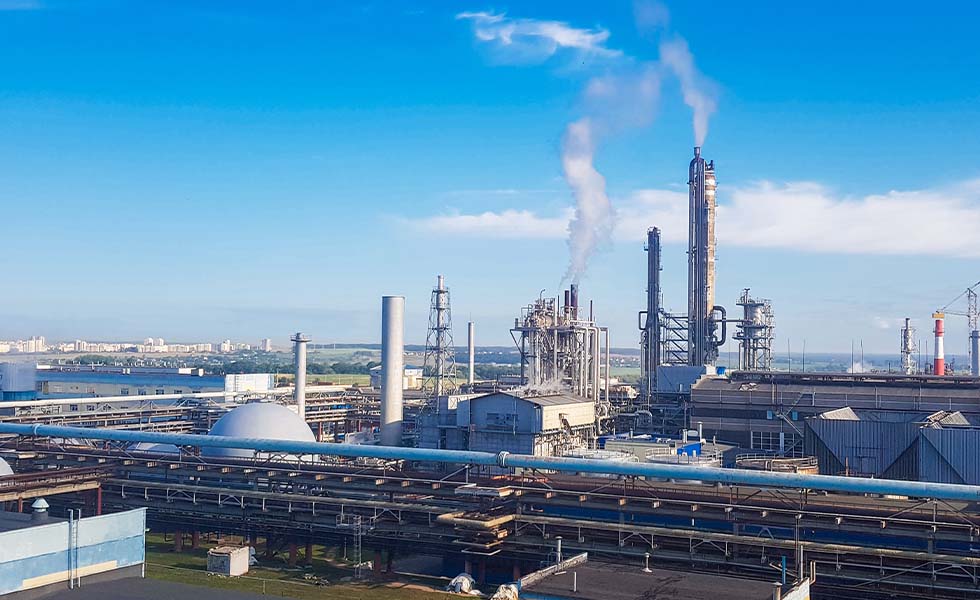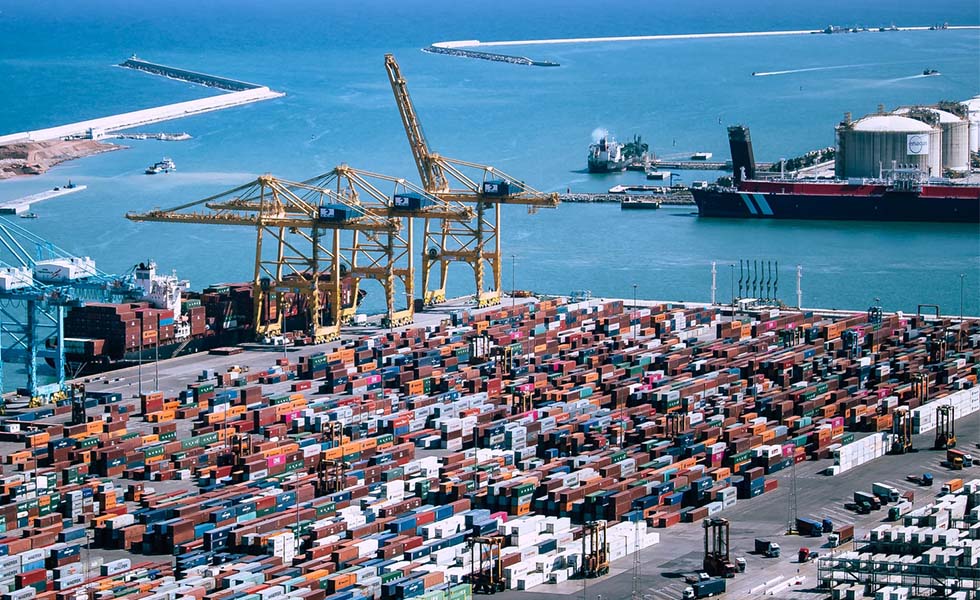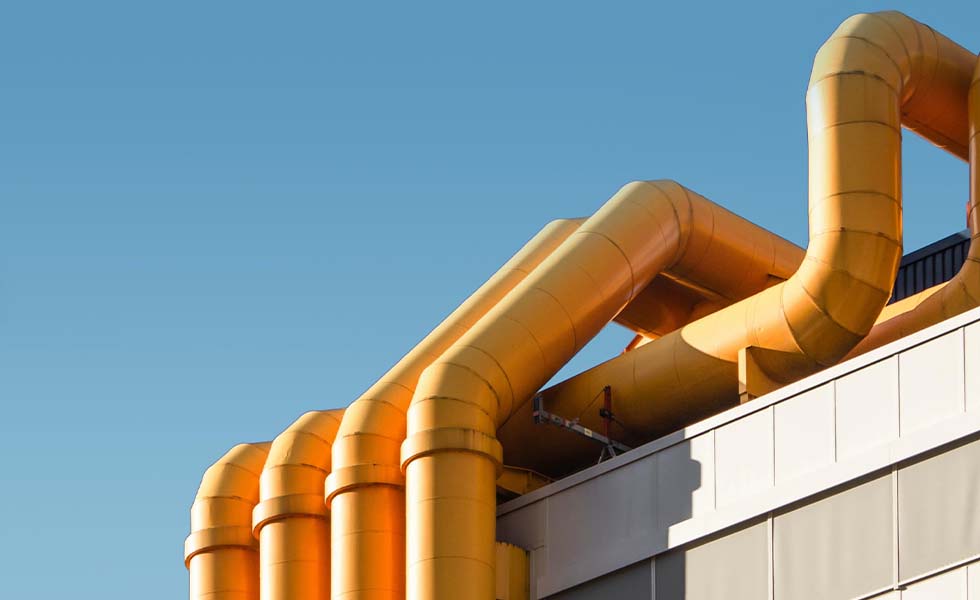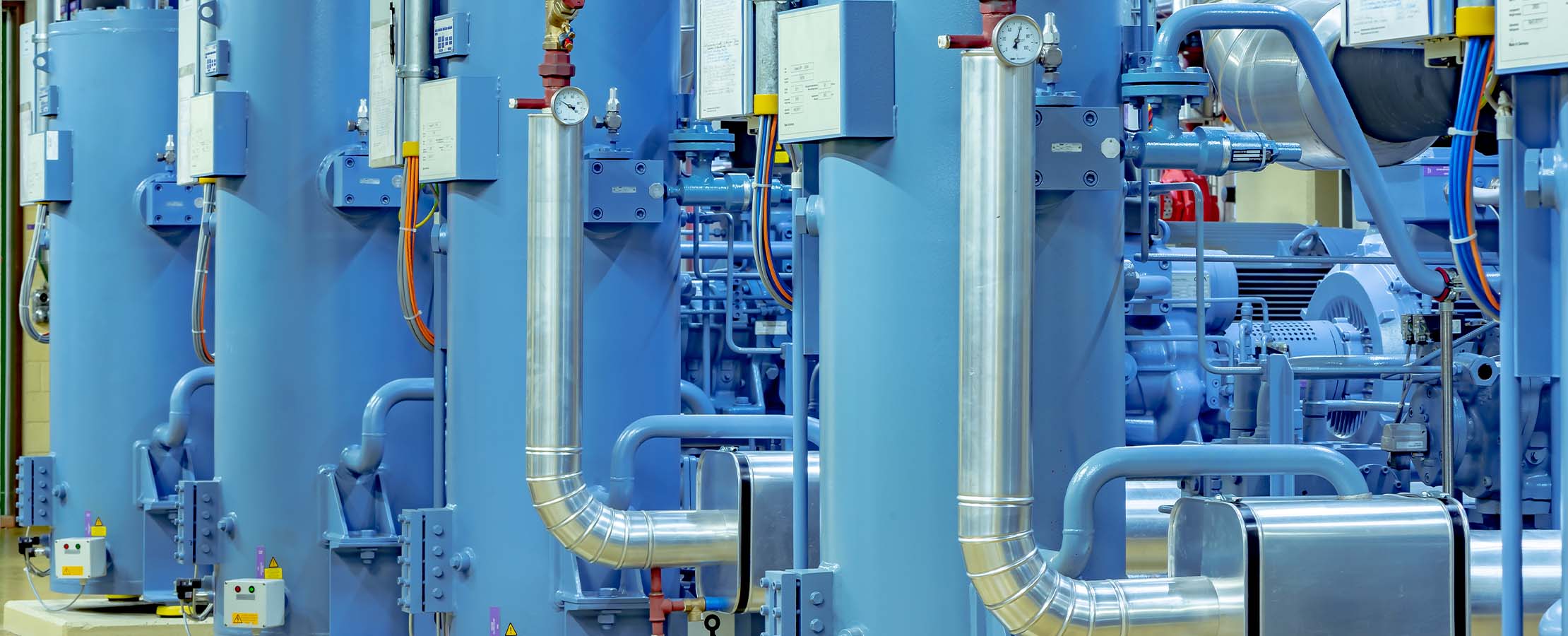Ammonia: The Missing Link in the Energy Transition?
Hydrogen is gaining popular recognition as a zero-carbon alternative to fossil fuels for energy storage, transport, and heating. Its lesser-known chemical cousin, ammonia, could also have a valuable role to play in the energy transition.
Over a century ago, Fritz Haber and Carl Bosch demonstrated a process for reacting hydrogen and nitrogen under pressure to produce ammonia. An ammonia molecule contains one nitrogen, three hydrogen, and zero carbon atoms, making it suitable as a zero-carbon fuel.
The International Energy Agency (IEA) has recognised ammonia – along with hydrogen – as an important fuel for future electricity generation. Japan, for instance, is planning to import millions of tons of ammonia by 2030, and burn a mixture of ammonia and coal for electricity generation. This will reduce carbon emissions, as ammonia does not emit carbon dioxide when burned.

The future of shipping?
The most promising application of ammonia is in long-distance shipping. International trade relies on shipping: a hard-to-abate sector that accounts for nearly three percent of global carbon dioxide emissions. Proposals for sustainable shipping tend to focus on electrification – not yet technologically mature – or hydrogen fuel cells.

Thanks to its chemical properties, ammonia could be a much more efficient option. The most cost-effective way of transporting gaseous fuels is in liquid form; at atmospheric pressure, condensing hydrogen from gas to liquid requires cooling it to -252°C but ammonia condenses at -33°C. Although ammonia has a lower energy density than conventional marine fuels, its energy density is 1.5 times higher than liquid hydrogen. It is also less flammable and – thanks to its widespread use in modern agriculture – benefits from existing infrastructure, including 120 ports with ammonia terminals. After transport, ammonia can be converted back to hydrogen for use when it reaches a point of consumption, or used directly as a fuel.
There has already been considerable research and development in this area, and marine engines that run directly on ammonia could be available before 2025. Scandinavian companies Wärtsilä and Eidesvik Offshore are assessing ammonia as a shipping fuel and aim to have a zero-emissions vessel running by 2023. Germany-based MAN Energy Solutions, meanwhile, hopes to offer engines for ships by 2024, beginning with a dual fuel design.
Challenges and opportunities
Ammonia has its drawbacks, which can vary according to production method. All ammonia is highly toxic, corrosive, malodorous, and, when burned, it produces air pollution in the form of nitrous oxides. There is also the complex problem of indirect CO2 emissions.
Ammonia production consumes huge amounts of energy. Re-converting it to hydrogen adds another energy-intensive step. At present, the vast majority of ammonia is produced by the century-old Haber-Bosch process, and known as 'brown' (or 'gray') ammonia. 'Blue' ammonia is produced using hydrogen from natural gas in conjunction with CCUS - carbon capture, utilization, and storage. It is seen as a transition fuel, given its lower CO2 emissions compared with brown ammonia. The most desirable – and at present, expensive – type of ammonia ('green') is made using hydrogen from water electrolysis and powered by renewables. Green ammonia can be produced and consumed with no CO2 emissions.

Chemical companies are pursuing all varieties of ammonia production. A Danish industrial partnership aims to begin operating the first commercial-scale green ammonia plant by 2023. A multibillion-dollar project based in the planned Saudi city of Neom is the most ambitious, aiming to use water electrolysis, renewables, and the Haber-Bosch process to produce 1.3 million metric tons of ammonia annually for export. A similar project based in the Port of Salalah, Oman, aims to produce around 390,000 metric tons annually.
Can ammonia be commercially viable?
The potential markets for ammonia are vast, particularly given the need for sustainable fuels, but its cost remains an obstacle. The Global Maritime Forum reports that shifting to green ammonia as the primary marine fuel could help the industry meet its net-zero 2050 goal, but would require more than $1tn investment.
Ammonia will become more competitively priced than conventional fuels as the price of renewables falls relative to fossil fuels. However, green ammonia starts from a very high price point and a recent study expects it will only be cost-competitive in niche markets by 2030. The IEA, in its Ammonia Technology Roadmap, lays out detailed actions to support sustainable ammonia, including government policies to incentivize sustainable ammonia production and consumption. Research suggests carbon pricing and other interventions will be necessary for ammonia to play a significant energy storage role in the net-zero transition.






